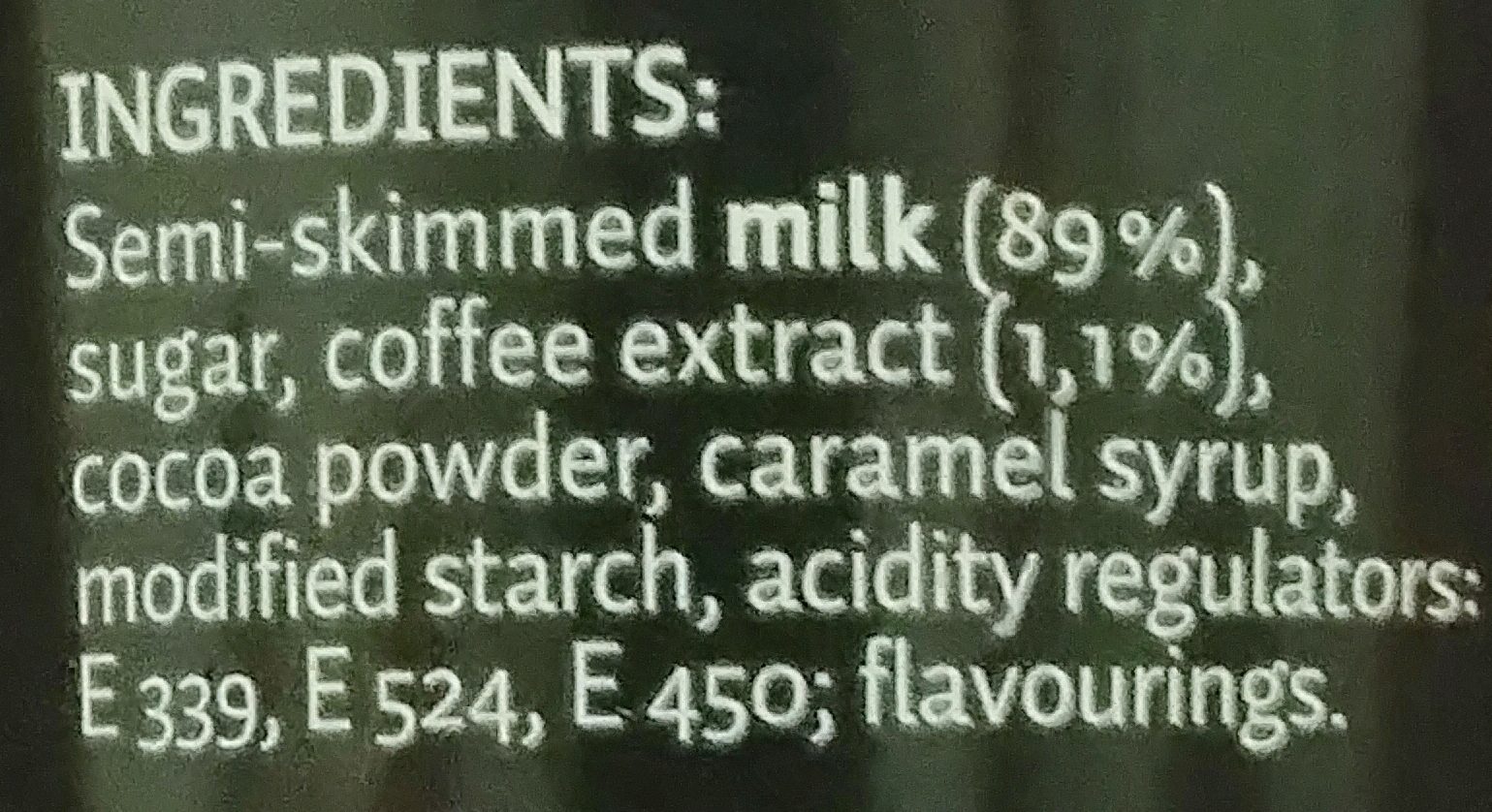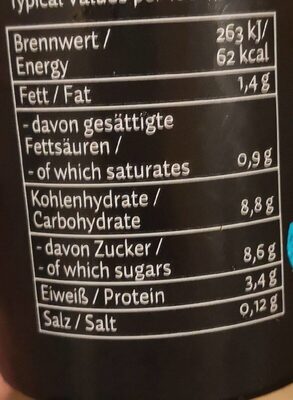Cappuccino - Zott - 200 ml
This product page is not complete. You can help to complete it by editing it and adding more data from the photos we have, or by taking more photos using the app for Android or iPhone/iPad. Thank you!
×
Barcode: 4014500510132 (EAN / EAN-13)
Common name: Milk drink with Coffee, UHT.
Quantity: 200 ml
Packaging: Plastic, Pp-polypropylene
Brands: Zott
Categories: Beverages, Coffee drinks, Sweetened beverages
Traceability code: PL 04151603 WE
Stores: Lidl
Countries where sold: Germany
Matching with your preferences
Environment
Packaging
Transportation
Report a problem
Data sources
Product added on by anticultist
Last edit of product page on by packbot.
Product page also edited by kiliweb, yuka.sY2b0xO6T85zoF3NwEKvlnQYVefw-W3iaBjgxnK26uuBDYGxOeFOyaz9Lqs.
If the data is incomplete or incorrect, you can complete or correct it by editing this page.











